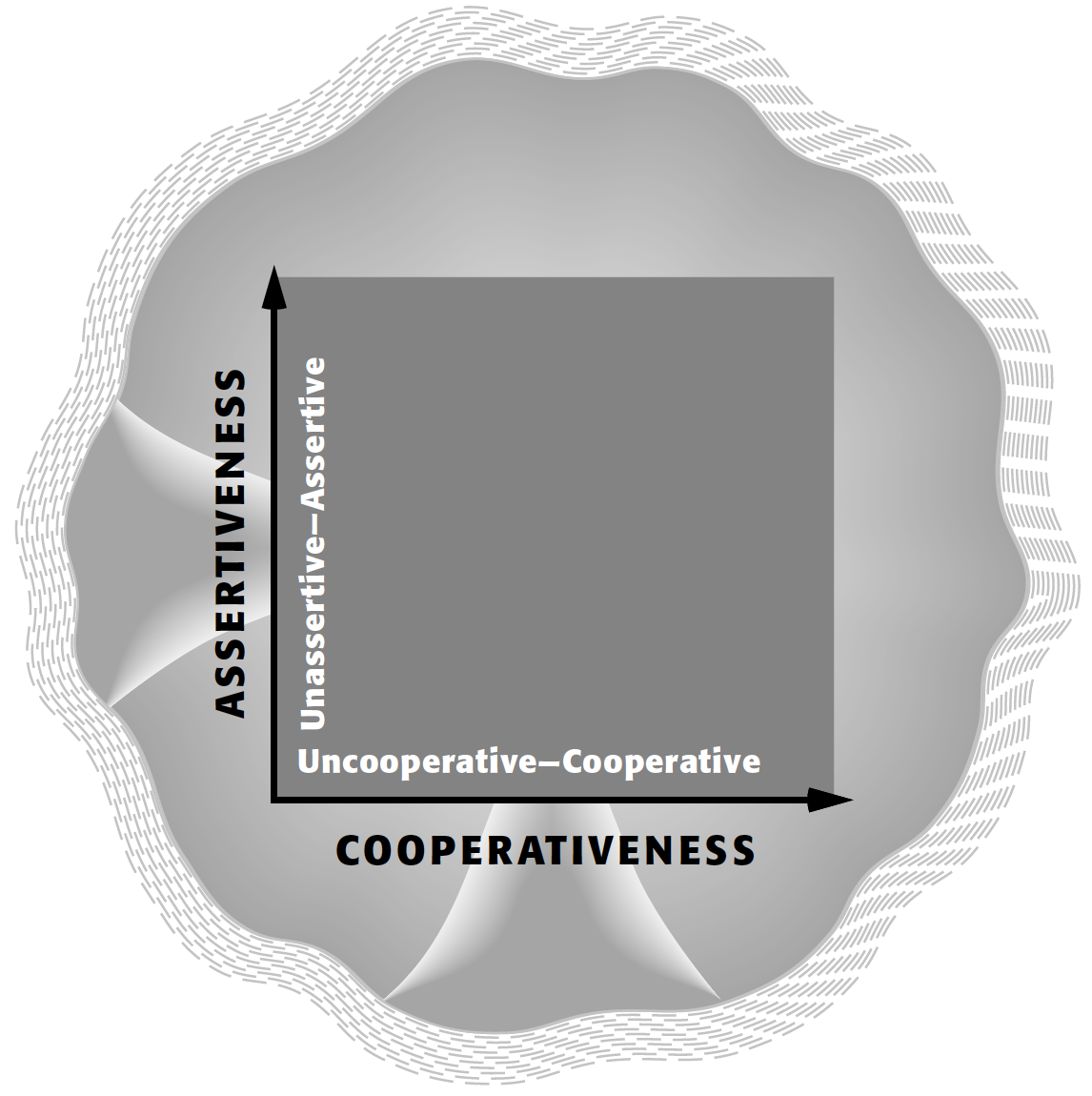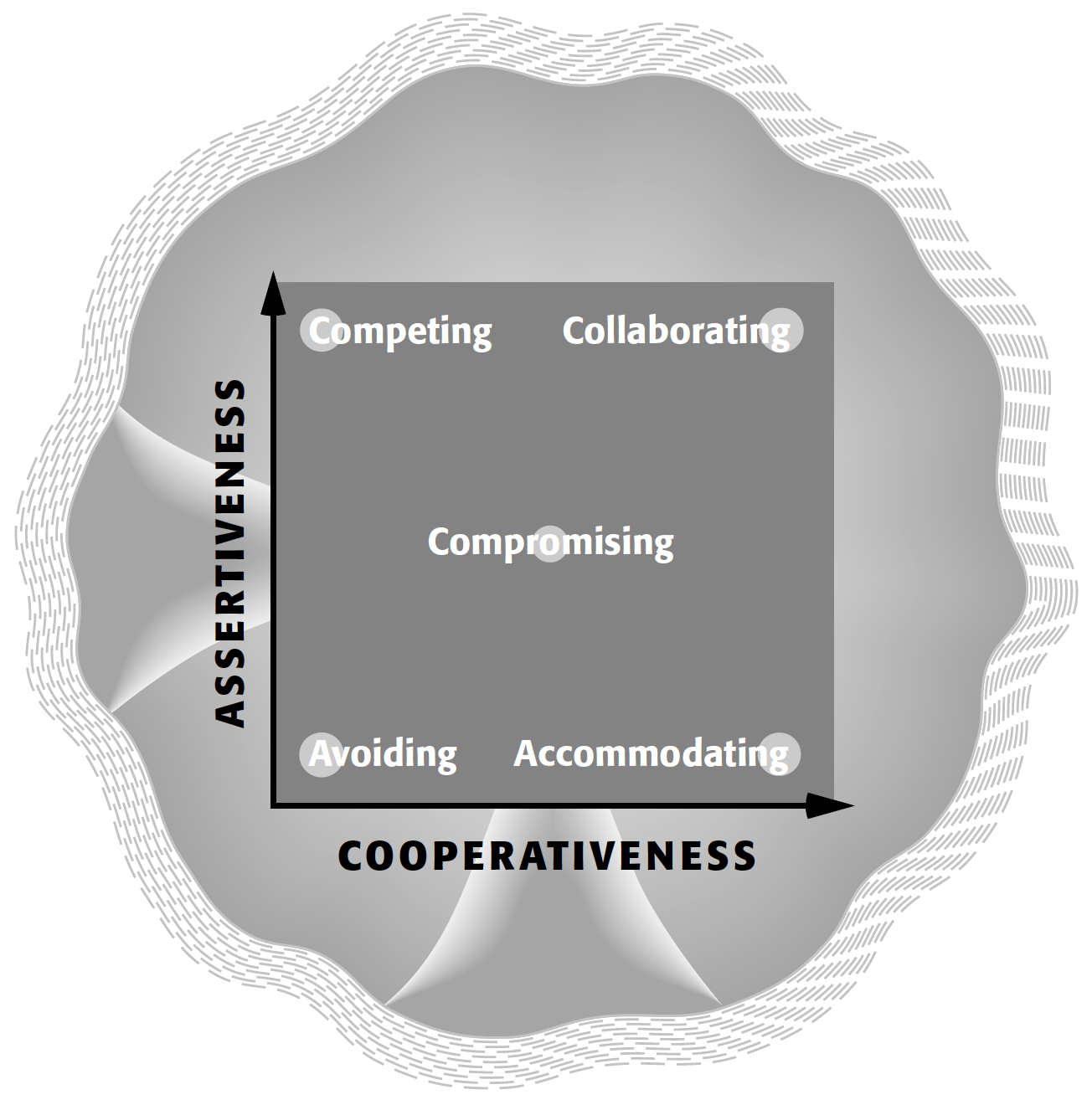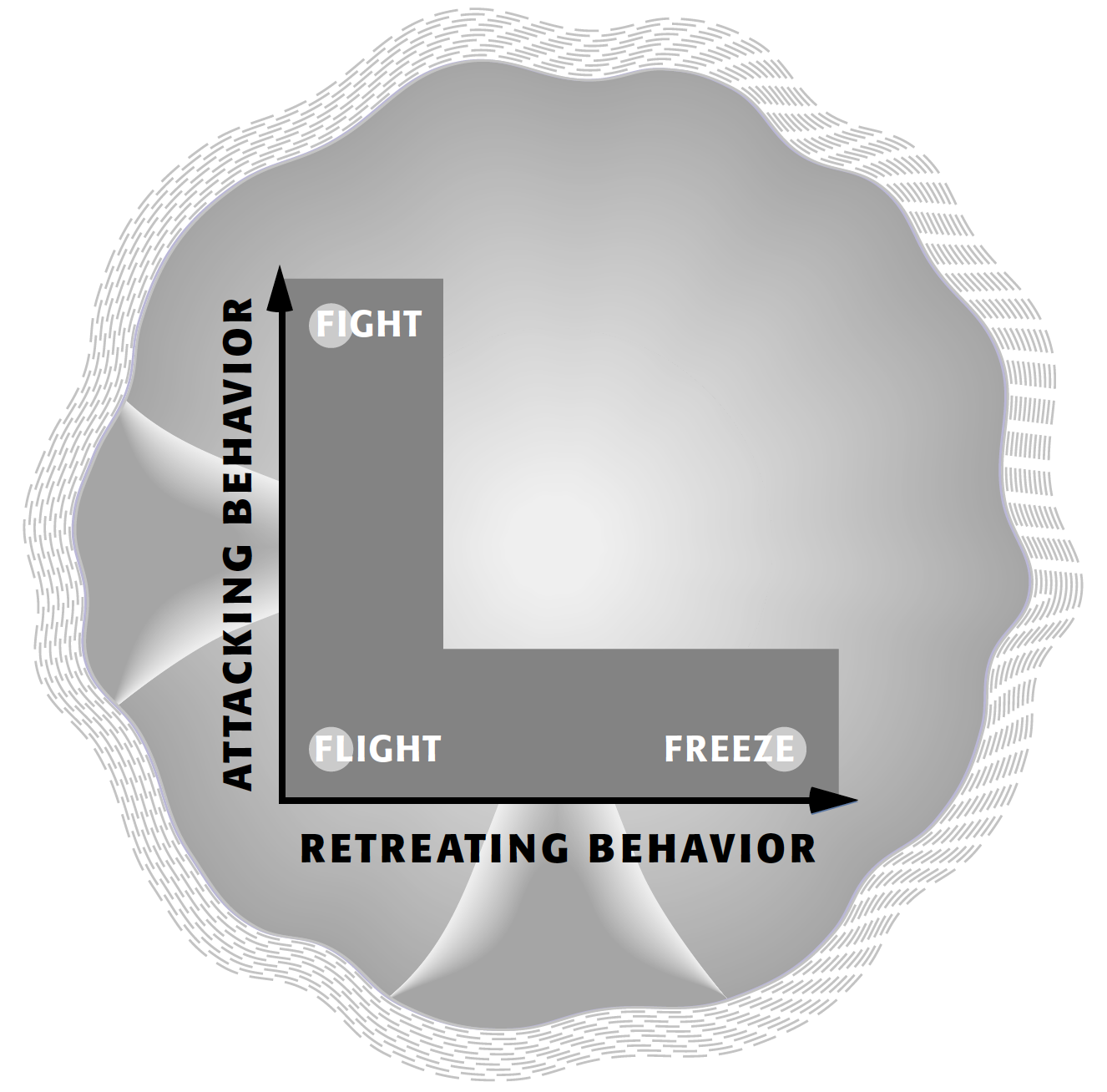28 Jul What Is the Effect of Overwhelming Stress on Conflict Management
Ralph H. Kilmann, co-author of the Thomas-Kilmann Instrument (TKI)
How does stress affect the way in which people attempt to resolve their conflicts and problems at work (as well as in their other social settings)? This question is vital to consider, especially now, since the entire planet seems to be experiencing more stress than ever before — due to escalating climate change, the COVID pandemic, mean-spirited politics, the unprovoked invasion of a neighboring country, and spiraling inflation with the threat of a major recession looming just over the horizon.

In this blog, I will first remind you of the TKI Conflict Model that defines five conflict modes, each of which can be chosen and enacted most consciously — and therefore most effectively — under conditions of low to moderate stress. I will then consider how overwhelming stress quickly transforms those five mindful approaches for managing conflict into something else, which makes it almost impossible to address our society’s increasingly complex, wicked, and messy conflicts.
Directly below, you can see the two underlying dimensions on the TKI Conflict Model, which define the entire space for conflict management. The first dimension is assertiveness, which defines the extent to which you attempt to get your needs and concerns met in any interpersonal situation. The second dimension is cooperativeness, which is the extent to which you try to satisfy the other person’s needs and concerns in that same situation.

The next figure reveals the five conflict modes that capture that entire space of assertiveness and cooperativeness on the TKI Conflict Model. Of course, we could have defined a different number of behavioral approaches on that same conflict management space. But the convention of using those five conflict modes directly follows from the original model that Blake and Mouton first presented in their 1964 book, titled, The Managerial Grid, even though they used two different labels, “Concern for People” and “Concern for Production” for those two underlying dimensions; and they also used somewhat different labels for the five conflict modes.

For your convenience, I’ll briefly define what each of these five conflict modes is all about. Let’s start with the competing mode, which is defined as high assertiveness and low cooperativeness. When you use the competing mode, you are only trying to satisfy your own needs and concerns; you’re not at all concerned about satisfying the other person’s needs in that same situation.
The opposite of competing is accommodating. When you use the accommodating mode, your prime concern is to satisfy the other person’s needs. In fact, in the extreme, you don’t get any of your needs met, and the other person gets all of their needs met. Thus, the accommodating mode is high on cooperativeness and low on assertiveness.
In the very center of the conflict management space, we place compromising. When you use the compromising mode, you are attempting to get some of your needs met and some of the other people’s needs met. You might try to split the difference between the two of you, so both of you are at least partly satisfied with a middle-ground solution to your conflict — since compromising is moderate in both assertiveness and cooperativeness.
Now let’s consider the avoiding mode, which is low on both assertiveness and cooperativeness. When you use the avoiding mode, you essentially leave the situation — physically, mentally, and emotionally — so no person gets their needs met, not even partially, which is why the avoiding mode was originally called: withdrawing.
It’s now time to examine the remaining conflict mode, which I saved for last. Make no mistake about it: Collaborating is the most complex and challenging conflict mode. At first, it sounds ideal: “If we can collaborate, we’ll get all our needs met. Let’s use the collaborating mode for every conflict situation!”
And yet, we have to realize that the collaborating mode is only suited for a particular situation: For collaborating to do its magic, there must be a culture that engenders trust, openness, and candor among all the people involved in the conflict. The participants must also be able to communicate very clearly and respectfully with one another, because to get all your needs and other people’s needs met, everyone has to openly express what they really want and need. Said differently, if there is mistrust, people won’t share their true needs with others. In addition, for the collaborating mode to be effective, you also have to listen very intently to what the other person has to say and what they need and want. Therefore, speaking clearly and listening intently are both essential conditions for making effective and efficient use of the collaborating mode.
However, if the various conditions for using the collaborating mode are not yet in place, using this ideal-sounding mode will predictably waste everyone’s time and, besides, cannot possibly achieve the desired results.
Specifically, I always begin a discussion on when to use each conflict mode by determining the relative level of stress among the participants in the situation. Is their level of stress high, medium, or low? If I sense that their stress is overwhelming, I already know that the several people in the conflict situation can’t possibly use the collaborating mode. It might even be difficult for the parties to use the compromising mode, which requires some back-and-forth dialogue in order to propose a middle-group resolution.
Let’s take a look at the other three conflict modes, competing, avoiding, and accommodating, which are feasible options when there is low or moderate stress. But when there’s overwhelming stress, competing, avoiding, and accommodating immediately morph into fight, flight, and freeze. Specifically, when there is overwhelming stress, competing turns into fight, avoiding turns into flight, and accommodating turns into freeze.
Technically speaking, a fight, flight, or freeze reaction is the sympathetic nervous system’s automatic way of protecting the person from possible harm or death. Thus, overwhelming stress makes it exceedingly difficult, if not impossible, to be conscious about anything, so it’s usually best to postpone the attempt to resolve the conflict until the people in the situation can regain their composure, are no longer stressed out, and therefore are no longer prone to react in a defensive, protective, or dysfunctional manner, whether at home or at work.
Below, I present a modified TKI Conflict Model in order to emphasize the primal reactions that happen when members are feeling overwhelming stress. As you can see, I eliminate the usual space that surrounds the collaborating mode and the compromising mode, since these two modes are simply unavailable when people are so stressed out that they can’t even think clearly — let alone have a calm and thoughtful conversation. On that reduced conflict management space as a mentioned above, competing becomes fight, avoiding becomes flight, and accommodating becomes freeze. In terms of the two underlying dimensions, assertiveness reverts to attacking behavior and cooperativeness reverts to retreating behavior.

In sum, if you and your associates (work colleagues, friends, or family members) wish to effectively resolve your conflicts so your most important needs get met, it’s essential to keep a close watch on the level of stress that you and others are experiencing and, if it is high stress let alone overwhelming stress, you and your associates must then take steps to reduce that high stress to a more moderate, mindful, and manageable state.
Kilmann Diagnostics offers a series of eleven recorded online courses and nine assessment tools on the four timeless topics: conflict management, change management, consciousness, and transformation. By taking these courses and passing the Final Exams, you can earn your Certification in Conflict and Change Management with the Thomas-Kilmann Instrument (TKI). For the most up-to-date and comprehensive discussion of Dr. Kilmann’s theories and methods, see his 2021 Legacy Book: Creating a Quantum Organization: The Whys & Hows of Implementing Eight Tracks for Long-term success.




